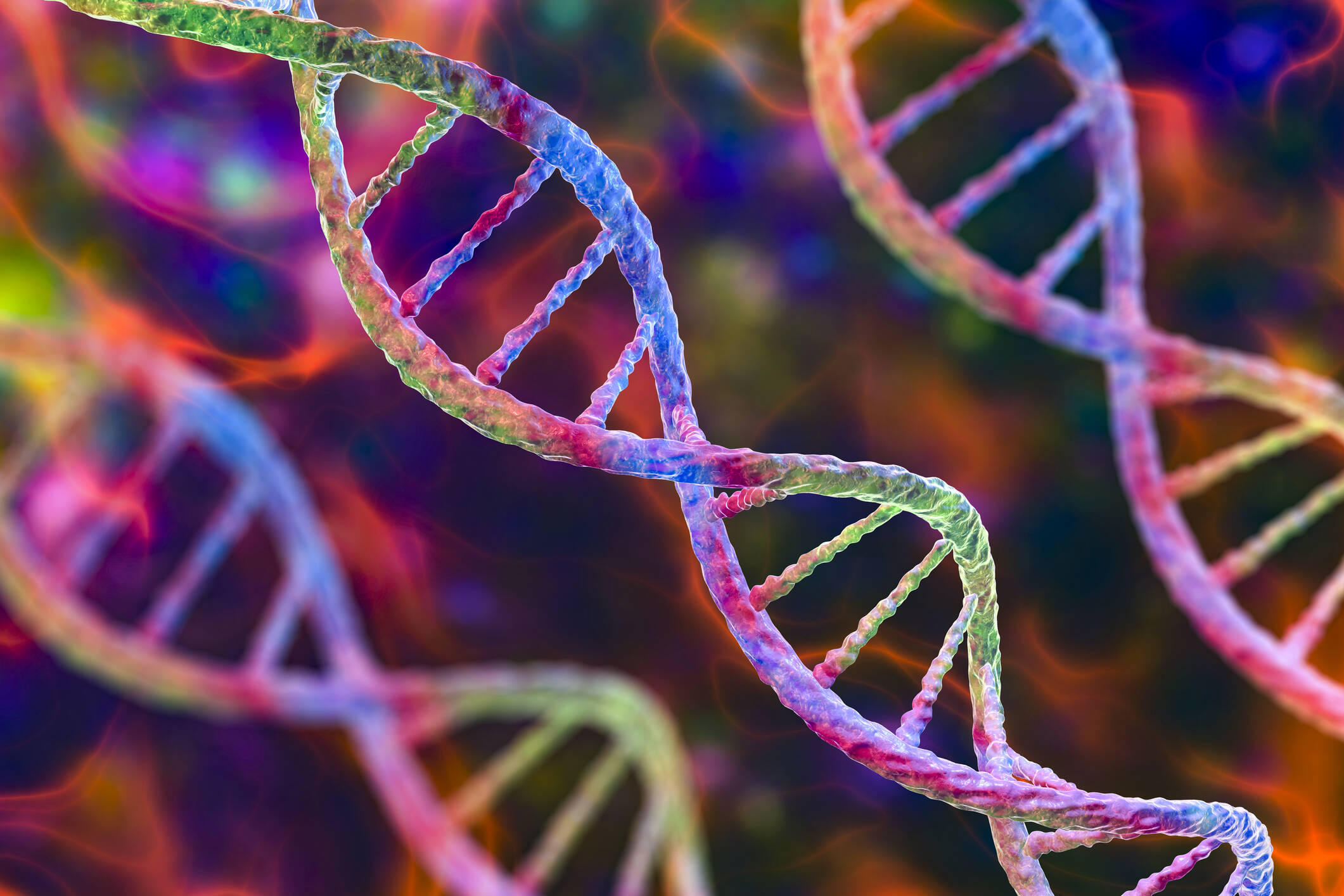Gene editing corrects harmful mitochondrial mutations in human cells

A Dutch scientific team has successfully edited harmful mutations in mitochondrial DNA in human cells using a genetic tool known as a base editor .
Experts believe this breakthrough represents new hope for people with rare genetic diseases . Details of the research, led by two scientists from the Center for Regenerative Medicine in Utrecht (Netherlands), were published Tuesday in the journal Plos Biology .
To date, gene editing techniques have made it possible to introduce and correct disease-related mitochondrial DNA mutations in liver and skin cells.
Mitochondria, often called the powerhouses of the cell, have their own small set of DNA, and mutations in them can lead to a wide range of maternally inherited diseases, cancer, and aging-related conditions.
Therefore, although CRISPR gene editing technology has helped scientists correct mutations in nuclear DNA, this system cannot efficiently cross the mitochondrial membrane and reach mitochondrial DNA, so many mitochondrial patients have not been able to benefit from the advances of CRISPR technology.
To overcome this problem, the team used a tool called the DdCBE (double-stranded DNA deaminase toxin A-derived cytosine base editor) base editor , which allows a single letter of the DNA code to be changed without cutting it, and works with mitochondrial DNA.

The team used a tool called the DdCBE database editor. Photo: iStock
Using human liver organoids to generate a model of mitochondrial disease, the scientists demonstrated that mitochondrial DNA mutations in multiple disease-related cell types could be repaired in the laboratory.
To do this, they used DdCBE base editors to introduce a specific mutation into the mitochondrial DNA of liver organoid cells and then extracted skin cells from a patient with Gitelman syndrome —a serious congenital mitochondrial disease—and used DdCBE base editors to correct the mutation and restore mitochondria function.
To help advance the therapy toward clinical use, the researchers also tested the efficacy of delivering the mitochondrial base editors as mRNA, rather than DNA, and within lipid nanoparticles for delivery.
Both experiments proved to be more effective and less toxic to cells than older methods. However, the study emphasizes that the edits were "highly specific, with minimal off-target changes detected in nuclear DNA and multiple ones detected in mitochondrial DNA."
"The potential of mitochondrial base editing for disease modeling and potential therapeutic interventions makes it a promising avenue for future research and development in mitochondrial medicine," the authors conclude.

They hope to use this technique to treat rare genetic diseases. Photo: Istock
In statements to the scientific outreach platform SMC Spain, the researcher at the CNB-CSIC and the CIBERER-ISCIII, Lluís Montoliu, who did not participate in the study, has stated that this work is "certainly relevant", as it "opens the doors to treating extremely serious congenital mitochondrial diseases, which until now were incurable, through the combined use of various cutting-edge technologies."
For his part, Santiago Restrepo Castillo, a postdoctoral researcher at the University of Texas at Austin (USA), who was also not involved in the study, told SMC Spain that the work is "a promising proof of concept that will be complemented by new advances and applications of mitochondrial DNA editors in lipid nanoparticles, particularly for the development of personalized gene therapies using organoids derived from patients with different mitochondrial mutations."
eltiempo





